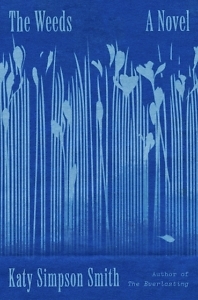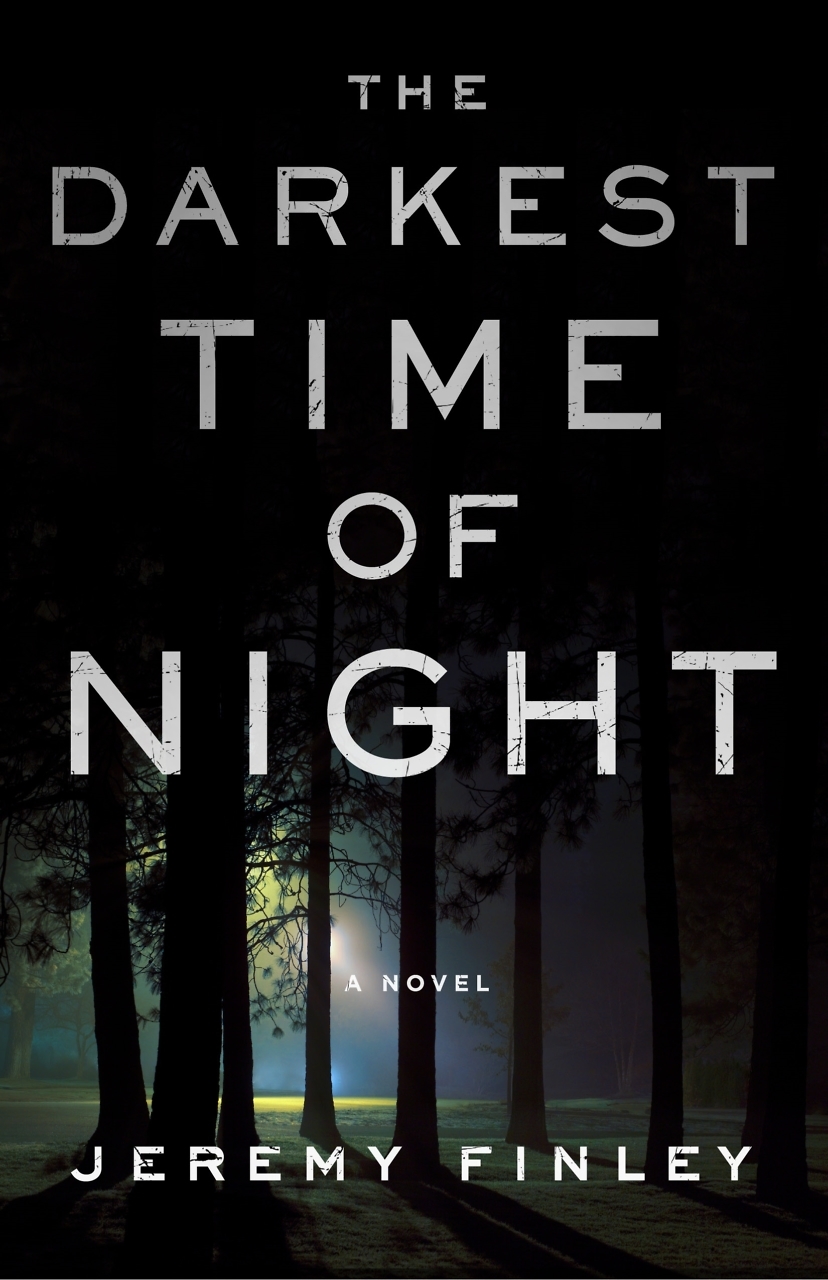A Part, a Whole, a Root, a Bloom
Katy Simpson Smith’s The Weeds links the stories of two women botanists
“The point of botany is not to distinguish between value and waste,” Katy Simpson Smith writes in her irresistible new novel, The Weeds. “It’s to be honest about what something is. A part, a whole, a root, a bloom. Conditions, habits.”

The Weeds follows the entwined stories of two unnamed women, working in different centuries, who both find themselves apprenticed to male botanists cataloguing every species of plant growing among the stones of the Roman Colosseum. Both women bristle against the lack of agency in their circumstances. Both women set to work on their hands and knees, getting to know the fine features, uses, and histories of hundreds of species.
In 2018, a restless young graduate student from Mississippi finds that hundreds of species first catalogued in 19th-century English botanist Richard Deakin’s Flora Colisea have not survived, thanks to rising temperatures, loss of pollinators, and any number of unknowable reasons lost to time. Grief for losing her mother permeates every choice she’s made for years, fueling her lack of direction and her dissatisfaction in relationships. Now her academic advisor’s sexist attempts to undermine her career trouble her more each passing day.
In 1854, a young thief — grieving the absence of her lover (who recently took a husband and set sail for another country) — receives an unusual punishment when her knack for burglary is exposed. Her socially ambitious father arranges for her to work for Deakin as he is assembling the Flora. As the men around her plot her future for her, she connects with the plants she’s identifying, sharing stories of their traditional uses in medicine, cooking, and agriculture.
As she searches for plants in the hot Roman sun, she feels herself changing. “I am not merely unladylike, but un-human,” she writes in her secret field notes, addressed to her absent lover. “I am becoming vegetative, and flowers, despite the metaphors, have no true flesh to be plucked.”
 On occasion, a third character briefly appears — a ghost hovering above the Colosseum. For much of the novel, the ghost plays an ambiguous role in the narrative, seeming to represent the looming presence of the Colosseum’s history and its “blood-soaked soil.”
On occasion, a third character briefly appears — a ghost hovering above the Colosseum. For much of the novel, the ghost plays an ambiguous role in the narrative, seeming to represent the looming presence of the Colosseum’s history and its “blood-soaked soil.”
In some respects, The Weeds shares a close kinship with Smith’s 2020 novel, The Everlasting, an ambitious multi-protagonist, multi-century meditation on Rome’s past-haunted atmosphere. Both novels contain a recurring wisp of connective thread to link narratives happening across centuries. But Smith’s grasp of her protagonists’ lives, especially in The Weeds, is so deft that the interconnectedness between the eras she depicts would still be seamless without any extra narrative elements.
Smith structures the novel to reflect the form of a traditional Flora or species field guide, dividing the chapters of narration (which alternate between the two women) under the headings of specific species.
Botanical illustrations, drawn with precision and depth by Kathy Schermer-Gramm, appear throughout the book, heightening the conceit’s effect.
Smith finds seemingly endless ways to incorporate each plant into each new passage of narration. Sometimes the appearance of a particular flower will occasion potent memories from childhood. Other times the hardiness of an unassuming weed will resonate with our narrator as she schemes to circumvent oppressive forces around her.
Somehow this structure never becomes artificial, never strains for connection. Rather, it provides the novel with endless thematic and metaphorical delights, and it serves to strengthen the ties between these two characters.
For example, in a late chapter, the modern-day woman reflects on her relationships: “The gap between two hands, between one body and another, holds all the sorrow and freedom in the world.” Soon afterward, the 19th-century woman creates a flower arrangement for a fateful dinner that contains nettles and dock, “The two plants, poison and cure.” She notes that this pairing grows together “where humans have left buildings to ruin. They are ghosts of us, two halves, sprung out of disturbance and abandon.” Here, the characters’ inner lives seem to rhyme, despite their distance in time. Just as the plants have endured, so have all the possibilities of human hope and harm.
The dangerous potential inside every desire, every choice, drives the suspense in this engrossing novel. As writer Florida Scott-Maxwell famously put it, “Every seed destroys its container or else there would be no fruition.”
The Weeds thrives on this paradoxical truth. By entwining the life cycle dramas of species after species with the fates of these two women, Smith cultivates the passionate interior worlds of her characters, planting the inevitability of their resistance against constraint.

Emily Choate is the fiction editor of Peauxdunque Review and holds an M.F.A. from Sarah Lawrence College. Her fiction and essays have appeared in Mississippi Review, storySouth, Shenandoah, The Florida Review, Rappahannock Review, Atticus Review, Tupelo Quarterly, and elsewhere. She lives near Nashville, where she’s working on a novel.


